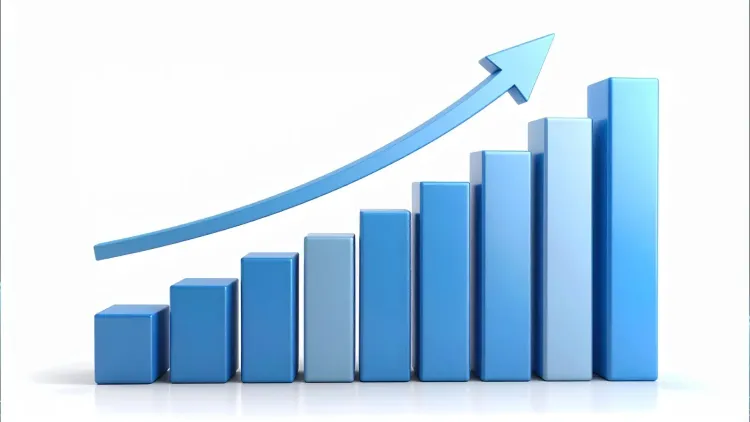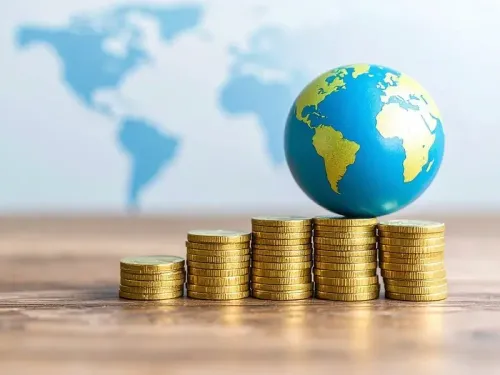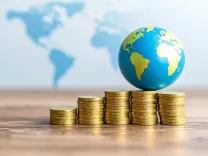How Did India's Household Credit Surge to 42% of GDP in FY24?

Synopsis
Key Takeaways
- Household credit reached 42.1% of GDP in FY24.
- Previous credit levels were stable between 32% and 35% from FY13 to FY20.
- Increased confidence post-pandemic has driven this surge.
- Net household financial savings decreased to 5.2% of GDP in FY24.
- Financial liabilities have nearly tripled since FY21.
New Delhi, July 11 (NationPress) Household credit has surged to 42.1% of the gross domestic product (GDP) in FY24, a significant increase from the stable range of 32% to 35% witnessed between FY13 and FY20, as reported on Friday. This growth reflects an optimistic outlook on the resilient economy.
Following a notable rise in household financial obligations in the aftermath of the pandemic, the latest insights from the National Stock Exchange (NSE) market pulse report indicate that financial access and confidence among households are on the rise.
According to the report, household credit has notably increased from the stable 32-35% of GDP during FY13 to FY20, reaching 39.9% in FY21 and further escalating to 42.1% in FY24.
Additionally, the report highlights that net household financial savings, which spiked to 11.7% of GDP in FY21 due to pandemic-driven caution and limited spending or borrowing opportunities, have gradually returned to normal levels. By FY24, savings have declined to 5.2% of GDP.
This decrease can be linked to the rise in household financial liabilities, which have increased from 3.7% of GDP in FY21 to 6.2% in FY24.
"Post COVID, household financial obligations have nearly tripled, soaring from Rs 7.4 lakh crore in FY21 to Rs 18.8 lakh crore in FY24," the report notes.
The escalation in liabilities has led to a reduction in net financial savings, which fell from a peak of Rs 23.3 lakh crore in FY21 to just Rs 15.5 lakh crore in FY24.
This shift in net financial savings and liabilities has played a significant role in driving a robust recovery in private consumption, averaging 6.7% growth during FY23-FY25.
This consumption surge is, in part, fueled by the increase in household credit, the NSE market pulse report asserts.










